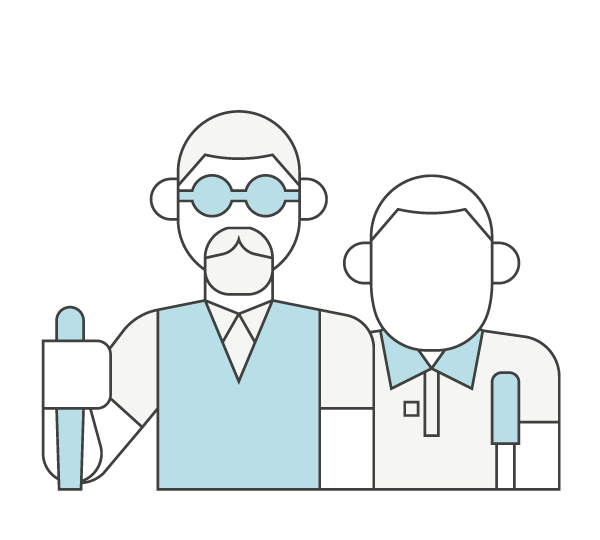
People with reduced mobility
This group includes every person whose mobility in transport is reduced due to any kind of impairment. Each impairment – be it temporary or permanent, physical, sensory, visual or cognitive – influences how the person interacts with the physical or digital context.
Depending on the severity of their condition, people with reduced mobility (PRM) may use public transportation in autonomy or with some kind of aid (a person or a device). In both cases, a higher level of guidance is needed to provide impaired people with appropriate information and access (low-floor vehicles, in-level access to stations, high-contrast screens, etc.), according to all special needs.
INDIMO will focus on multi-channeled messages, since depending on the specific condition or impairment people belonging to this group are excluded from mainstreamed information (e.g. visually impaired people cannot read visual-only maps).
Effective real-time information services (about traffic, public transport disruptions and infrastructure conditions) is paramount for PRMs, as they seldom travel alone to unfamiliar destinations. Currently such destinations are only reached if someone can assist and inform them about the specific context , offer support when barriers appear (physical or digital) and help identifying alternative itineraries. As an example in case of rerouting, PRM people have a very narrow set of choices, compared to most transport users. Digital solutions, despite being extremely cheaper to adapt than physical infrastructures, rarely offer specific support in this sense.
Caregivers should also be involved in the design of such specific solutions, since they are often those who help PRMs to overcome barriers, also with digital applications.
References:
